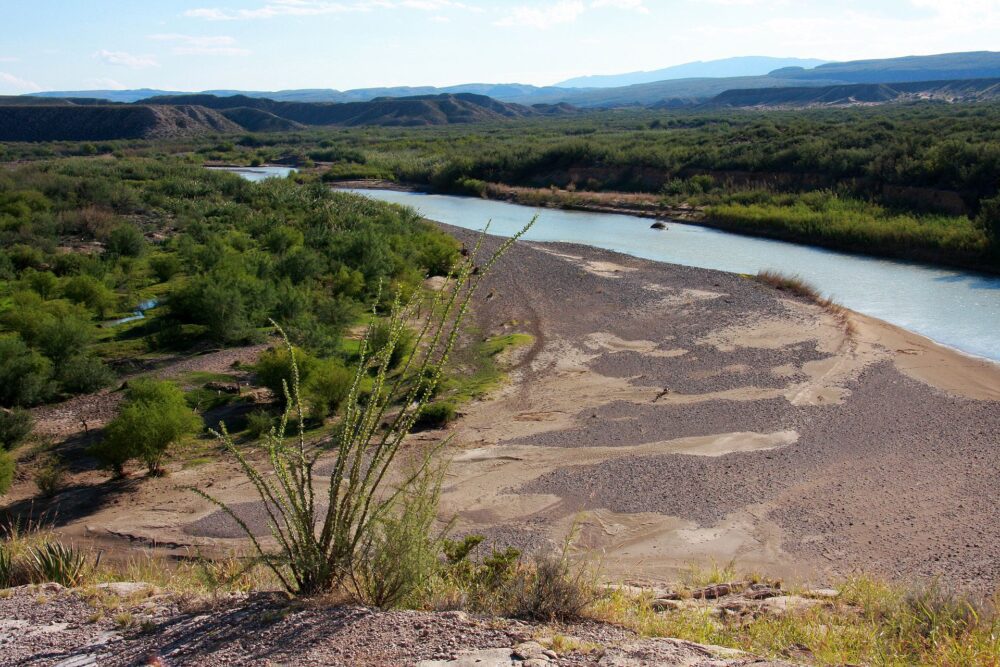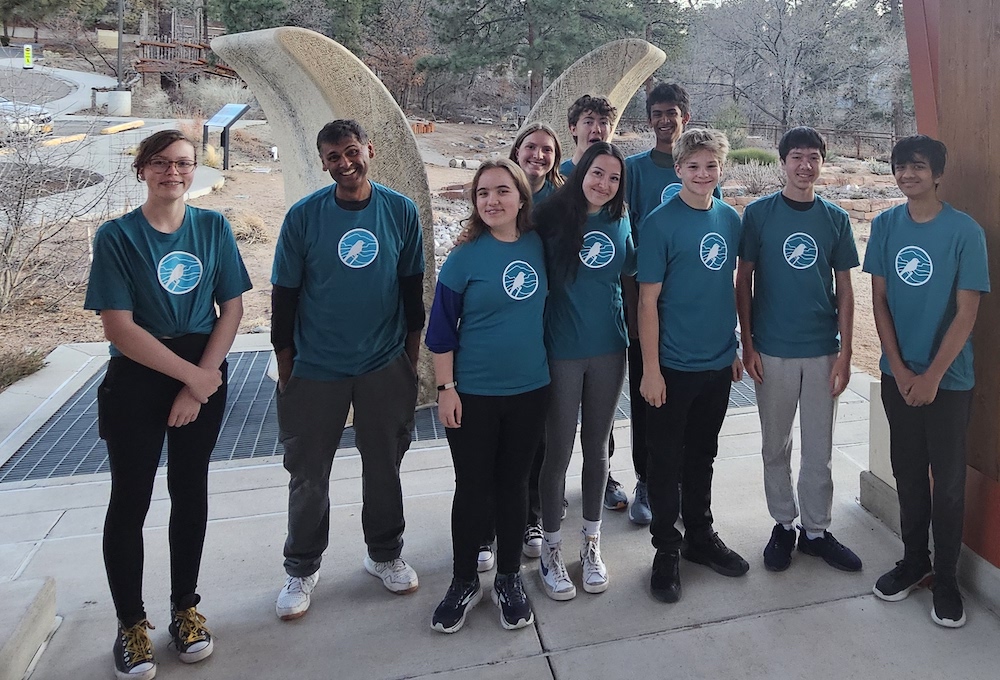PEEC Nature Youth Group will connect young adults with PEEC, will advise staff on how to support young adults, and will develop exciting eco-centric programs for young adults ages 14 – 19+. These programs will promote PEEC’s mission of enriching local communities in and around Northern New Mexico by connecting people to our canyons, mesas, mountains, and skies. The programs will provide leadership development opportunities for participants and adhere to PEEC’s core principles.

Members are selected in the belief that they will support and further PEEC’s mission. They will incorporate diversity, equity, and inclusion into our programs and exhibits and connect young adults with nature.
Qualifications
- Desire to help PEEC connect with young adults of our community, surrounding areas, and visitors from around the world.
- Availability to volunteer a minimum of 2 hours monthly. No more than three unexcused absences during the school year will be allowed.
- Be between the ages of 14 -19+
- Desire to hone leadership skills.
- Desire to develop excellent communication skills.

Projects
Join us to participate in impactful science-based projects guided by LANL scientists. Click below to view information about our projects.
Preventing Conflict with Predators
The conflict between mountain lions and domestic animals poses a major challenge to Los Alamos County. Mountain Lions existed on the Pajarito Plateau long before the town of Los Alamos existed. With large populations of deer and other native wildlife, the mountain lion plays a critical role as the apex predator in our area. Unfortunately, if dogs and domestic cats are left outside unattended or other easy prey is available, conflict occurs. Either pets or livestock are killed along with the offending mountain lion. This conflict has occurred over the years at our local stables, where an abundance of accessible food is sometimes too tempting for mountain lions to ignore. The youth group met with Lisa Reader at the stables to better understand the problem. What initially sounded like a difficult problem to solve due to the size of the stables, and the number of open pens with easy prey, became a more manageable problem. Lisa informed us that attacks at the stables primarily occur on the canyon side, often only in pens with smaller livestock such as goats. We talked to the Mountain Lion Foundation about potential mitigation ideas for this problem. A solution needed to be found that wouldn’t scare the livestock, or disturb people who often walk nearby while still deterring predators. They described a case in California where playing talk radio was quite effective in preventing lion attacks since they do not approach when human voices are nearby. For our stables, playing talk radio all night long did not sound practical. We thought we would try to find a mitigation effort that would be more targeted. To do that we would need to only play the talk radio when a lion approached. PNYG is trying to use a combination of critter cams to check when a lion is in the area, then use machine learning to analyze the photos in real time to detect the lion and then activate the talk radio. This is a work in progress. We have obtained 1000s of trail cam images of mountain lions and other wildlife from mountain lion expert Mark Peyton who worked for NPS at the Valles Calderas. This is perfect for training our machine learning algorithms to pick out lions from all the other activity that occurs at the stables. If successful, we would have a more targeted mitigation approach than currently exists. In short, mountain lions are being killed far too often in our county, and we hope to improve the situation. Because of this, our group decided that creating an effective deterrence system to keep both our livestock and the cougars safe was a solution that would greatly benefit our town. Let’s hope we are successful.
Read all about us in PEEC’s 2025 Winter Nature Notes.
Fire project
In recent years, wildfires have been getting more severe and frequent. Nine out of ten wildfires are human-caused due to a lack of awareness about prevention. The PEEC Nature Youth Group is working to inform the public to help preserve our ecosystem. One important aspect of fire prevention is researching the effects of fire on wildlife. We plan to use trail cameras to determine the difference in wildlife populations in burnt and unburnt areas. By releasing this data to the public, we will help people understand the effects of wildfires on our local ecosystem. We also plan to publish an article with tips on preventing accidental fires.
Water Quality Testing Project
Due to human use of natural lands and forest fires, water quality in the area has the potential to be detrimentally affected. The PEEC Nature Youth Group is working to find and test local water quality to identify potential problems, where they are, and where solutions need to be found. The group will then work to identify possible locations that may need physical water cleanup and work to do so.
The PEEC nature youth group aims to better the Los Alamos ecosystem with science-informed innovative solutions. Wildfire prevention, water quality testing, and protecting wildlife are all important goals we are striving to achieve. By combining service projects with STEM-based research, we are protecting our community.
Contact:
Britton Donharl, PEEC Environmental Educator and Bee City Coordinator
britton@peecnature.org
PEEC: 505-662-0460
